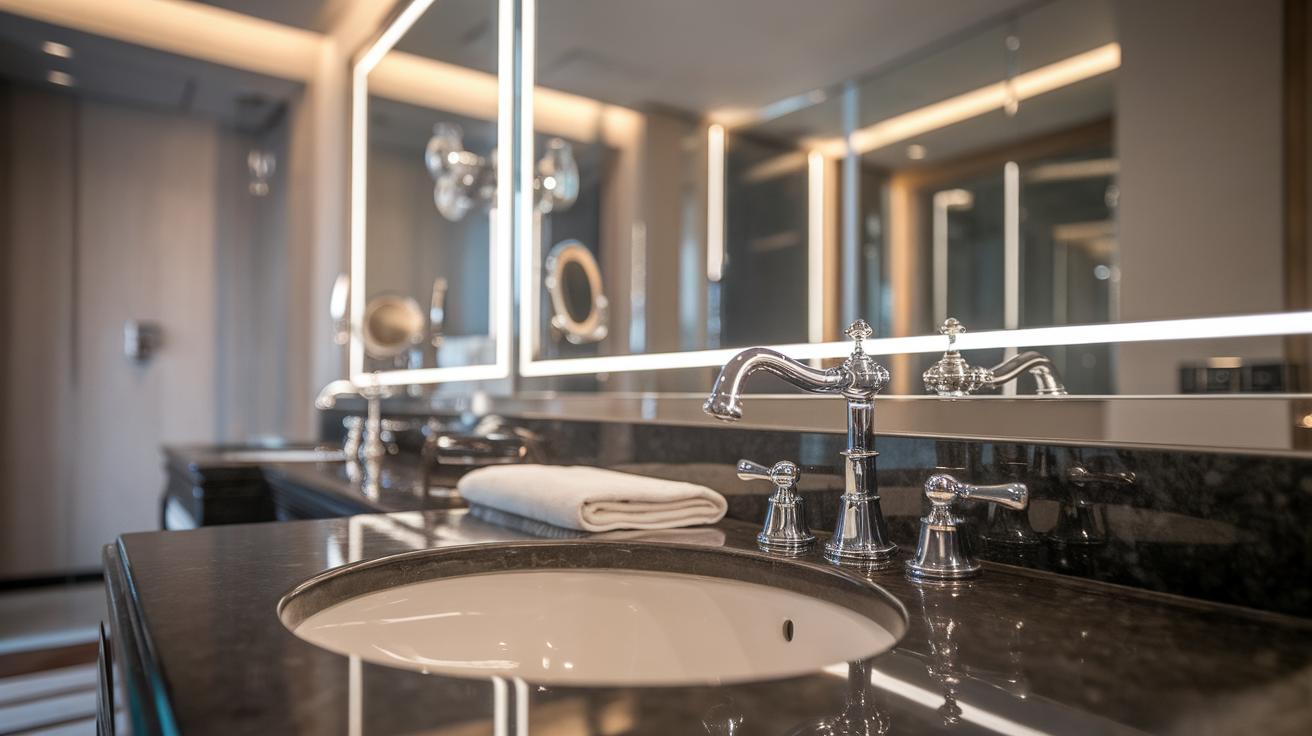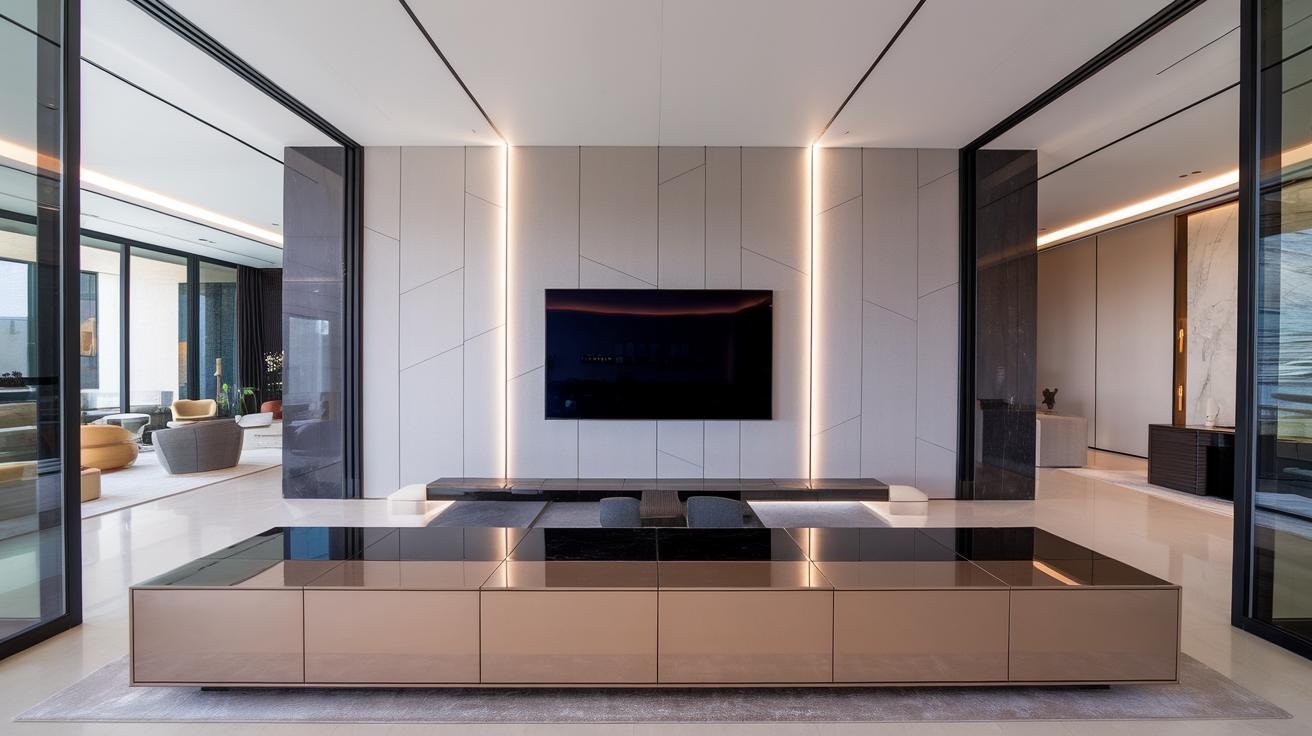Introduction
The earthy home aesthetic invites elements of nature into your living spaces, creating a serene atmosphere that feels both refreshing and grounded. By integrating natural materials, warm colors, and organic shapes, homeowners can craft a cozy environment that resonates with tranquility. This design approach emphasizes sustainability by utilizing items that reflect the beauty of the outdoors, making your home feel like a peaceful retreat.
In this article, we will explore various ideas and strategies to bring the earthy aesthetic into your home. From selecting the right materials and colors to incorporating plants and decorative elements, each aspect plays a crucial role in achieving this aesthetic. Join us as we uncover practical tips and inspiring examples to turn your living space into a natural oasis.
Understanding Earthy Aesthetic
What is the Earthy Home Aesthetic?
The earthy home aesthetic focuses on blending natural elements and warm tones to create inviting spaces. This style draws inspiration from nature, incorporating materials like wood, stone, and plants. It aims to evoke a sense of comfort and tranquility. Homeowners often use organic textures and muted colors that mimic the outdoors.
Originating from movements like the Arts and Crafts movement in the late 1800s, the earthy aesthetic emphasizes craftsmanship and the use of simple materials. This design philosophy gained popularity again as people sought connections to nature amid urban living. In modern design, this aesthetic helps foster a peaceful environment in homes.
Integrating nature into living spaces enhances mood and well-being. The earthy aesthetic creates a soothing oasis where people can unwind and reconnect with the environment. Including elements from nature not only beautifies a space but also promotes a healthier lifestyle.
Choosing the Right Color Palette for Earthy Home Aesthetic
Understanding Color Choices
Colors shape how we feel and see our spaces. For an earthy home aesthetic, the palette should mimic the beauty of nature. Shades of green represent freshness and growth, connecting indoors to the outdoors. Deep browns evoke stability and warmth, bringing the feel of the earth into your home. Soft creams and warm whites can brighten a room while maintaining a natural look.
The Psychological Effects of Earthy Colors
Using these colors can change your mood. Greens have a calming effect, reducing stress. Browns provide comfort, making people feel grounded and safe. Tans and soft grays create a serene atmosphere, making your space inviting. Incorporating these colors into your design will allow you to breathe in a sense of nature every day, creating a warm and welcoming environment in your home.
Natural Materials to Use Embrace the Earthy Aesthetic
Wood, Stone, and Clay
Selecting natural materials can significantly enhance your home’s earthy aesthetic. Start with wood, which brings warmth and character to any space. Oak and pine offer rich grains that create an inviting feel. You can incorporate wood through furniture, flooring, or even wall paneling, each adding unique texture.
Next, consider stone. Elements like slate and limestone contribute a rustic charm. Use these materials for countertops, fireplace surrounds, or accent walls. The natural imperfections in stone create a sense of authenticity that modern materials lack.
Lastly, clay enhances your space with its earthy tone. Terra cotta pots or handmade tiles introduce subtle warmth and a touch of the outdoors. Blending these materials can create a harmonious environment that reflects the beauty of nature within your home.
Incorporating Greenery The Heart of the Earthy Aesthetic
Why Plants Matter in Your Space
Bringing plants into your home plays a key role in creating an earthy aesthetic. Plants add life, color, and texture to any room. They connect your indoor environment with the natural world outside. Research shows that indoor plants can improve air quality and boost your mood. By incorporating greenery, you not only beautify your home but also create a healthier living space.
Choosing and Placing Indoor Plants
Selecting the right plants for your home can enhance the earthy feel. Opt for easy-to-care-for species like snake plants, pothos, or peace lilies. These plants thrive in various light conditions and require minimal maintenance. Place larger plants like fiddle leaf figs or rubber trees in corners to add height, while smaller plants can sit on tables or shelves. Use decorative pots made from natural materials like terracotta or ceramics to blend seamlessly with your decor. Remember, arranging plants at different heights adds visual interest and creates a more inviting atmosphere.
Furniture Selection for an Earthy Home Aesthetic
Choosing Shapes and Styles
Selecting the right furniture plays a key role in creating an earthy home aesthetic. Look for natural shapes, such as rounded edges and organic forms. These soft lines mimic the curves found in nature and help create a relaxed atmosphere. Choose furniture styles like rustic or mid-century modern, which often feature simple, functional designs that harmonize with earthy elements. Avoid overly ornate or flashy pieces that can distract from the natural theme.
Materials Matter
Focusing on materials enhances the earthy vibe even further. Aim for wood, stone, and natural fibers like cotton or linen. Reclaimed wood furniture offers a unique character while contributing to sustainability. Look for bamboo or rattan as they embody a lightweight and organic feel. Leather can also work if it comes in muted, earthy tones. Combining these materials nurtures a sense of warmth and comfort, inviting nature indoors while maintaining a stylish look.
Lighting for an Earthy Feel
Creating the Right Ambiance
Lighting plays a vital role in shaping an earthy home aesthetic. It sets the mood and highlights natural elements in your space. Warm, soft lighting creates a cozy atmosphere that mimics sunlight. Using fixtures made from materials like wood or stone further enhances this connection to nature. Floor lamps with fabric shades can diffuse light, adding warmth and comfort. Consider pendant lights crafted from natural fibers like rattan or jute to give spaces an organic touch.
Choosing the Right Types
Race towards options such as LED bulbs that emit a warm glow to mimic natural light. Dimmable lights serve well, allowing you to customize the brightness for different activities. Incorporating sconces that highlight textured walls or artwork can add depth. Finally, use candles to bring a natural flicker into your home. They not only provide soft lighting but also fill your space with inviting scents, completing the earthy experience.
Decorative Accessories Enhance Your Earthy Aesthetic
Purpose of Decorative Accessories
Decorative accessories play a vital role in creating an earthy home aesthetic. They bridge the gap between functionality and style, helping to bring nature indoors. Natural materials such as wood, stone, and clay add warmth and texture to your space. These materials evoke feelings of comfort and grounding, making your home feel cozy and inviting. Accessories also serve as focal points, guiding the eye and drawing attention to specific areas in a room.
Incorporating Accessories Seamlessly
To incorporate these accessories seamlessly, choose items that reflect the earthy palette. Think of terracotta pots, woven baskets, and driftwood sculptures. Place indoor plants in terracotta pots to enhance the organic vibe. Use soft, natural fiber rugs to complement wooden furniture. Hang handmade wall art that reflects nature, like landscapes or botanical prints. Arrange woven baskets in various sizes for storage and visual interest. Each accessory should harmonize with your existing decor, contributing to a cohesive look that embodies the warmth of the Earth.
Creating a Cohesive Atmosphere with Earthy Home Aesthetic
Bringing All Elements Together
Start by selecting a color palette that reflects nature’s tones. Choose warm browns, deep greens, and soft beiges to create a calming base. Use these colors for walls, furniture, and large décor items. Combine different textures to add depth to your space. Incorporate natural wood, soft cotton fabrics, and stone where possible. This blend of materials enhances the organic feel.
Arrange your decorative accessories purposefully. Group similar items together to avoid clutter while highlighting each piece’s uniqueness. Integrate houseplants to bring a lively touch and to improve air quality. Choose pots that fit your earthy aesthetic, like terracotta or woven baskets.
Let natural light flow into your room. Use sheer curtains that allow sunlight to brighten your home while keeping eyes on your beautiful surroundings. Overall, focus on harmony, making sure every element complements the others. This balance transforms your space into a serene, earthy retreat.
Conclusions
The earthy home aesthetic embodies a connection to nature that brings warmth and comfort into your space. Through careful selection of materials, colors, and decor, anyone can create a welcoming atmosphere that fosters a sense of peace. This aesthetic not only enhances the beauty of your home but also promotes a healthier environment by incorporating sustainable practices.
As you apply these ideas and strategies, remember that small changes can lead to impactful transformations. Whether you choose to incorporate natural finishes or include lots of greenery, let your creativity shine as you design a space that reflects your personality while keeping nature at its core.














